
Articles
How To Prevent Mold In Closet
Modified: August 31, 2024
Prevent mold in your closet with effective bedroom storage solutions. Keep your clothes and valuables safe from moisture and mildew.
(Many of the links in this article redirect to a specific reviewed product. Your purchase of these products through affiliate links helps to generate commission for Storables.com, at no extra cost. Learn more)
Introduction
Having a well-organized and functional bedroom is essential for a peaceful and clutter-free environment. One crucial aspect of maintaining an ideal bedroom space is having sufficient storage solutions. A key component of efficient bedroom storage is a well-maintained closet. However, closets are prone to various issues, one of the most common being the growth of mold.
Mold is a type of fungus that thrives in damp and humid conditions. It can cause a range of health problems, including allergic reactions, respiratory issues, and even serious illnesses. Therefore, it is imperative to take proactive measures to prevent mold from infiltrating your bedroom closet and potentially affecting your health and belongings.
In this article, we will explore the causes of mold in closets and provide you with practical tips on how to prevent its growth. By following these guidelines, you can create a mold-free environment in your bedroom and ensure that your clothes and other belongings are safe and well-preserved.
Key Takeaways:
- Keep your bedroom closet mold-free by controlling humidity, increasing air circulation, and using mold-resistant materials. Regular maintenance and inspection are crucial for preventing mold growth and preserving your belongings.
- Clear out and clean your closet regularly, control humidity levels, and apply mold-preventive products to create a mold-resistant environment. By understanding the causes of mold and taking proactive measures, you can ensure a clean and organized bedroom storage space.
Read more: How To Prevent Mold In Humidifier
Understanding Mold
Before we dive into the prevention techniques, it’s important to have a basic understanding of what mold is and how it can affect your bedroom storage. Mold is a type of fungus that reproduces by releasing spores into the air. These spores are microscopic and can easily travel through the air and settle on various surfaces, including your clothes, shoes, and other items stored in your closet.
Mold requires a combination of moisture, warmth, and organic materials to grow. In the case of a bedroom closet, this can occur when there is excessive humidity, poor ventilation, or a water leak that goes unnoticed. Mold can grow on various surfaces, such as walls, ceilings, carpets, and even on your clothes and shoes.
The presence of mold in your closet can not only cause a musty odor but can also pose serious health risks. Exposure to mold spores can trigger allergic reactions, such as sneezing, coughing, and skin irritations. In individuals with respiratory conditions or weakened immune systems, mold exposure can lead to more severe health issues.
It’s important to be aware of the signs of mold growth in your closet, including black or greenish spots on the walls, a musty smell, or an increase in allergy symptoms when accessing your clothes. By understanding the causes of mold growth, you can take proactive steps to prevent its development and protect your bedroom storage.
Identifying the Causes of Mold in Closets
To effectively prevent mold growth in your bedroom closet, it is essential to identify the underlying causes that contribute to its development. By addressing these causes, you can create an environment that is inhospitable to mold and maintain a mold-free closet. Here are some common factors that can lead to mold growth in closets:
- Poor ventilation: Inadequate air circulation within the closet can create a stagnant and humid environment, which is ideal for mold growth. If your closet does not have proper ventilation, such as vents or air vents, it is crucial to take steps to increase air flow.
- Excessive moisture: Moisture is one of the primary catalysts for mold growth. If there is excessive moisture in your closet, whether from high humidity levels or water leaks, it can create an environment conducive to mold development. Identifying and resolving the source of moisture is essential.
- Leaky pipes or roof: A common cause of moisture in closets is leaky pipes or a faulty roof. Inspect your plumbing system and roof regularly to ensure there are no visible leaks that could lead to water accumulation in your closet.
- Poor insulation: Inadequate insulation in your closet can contribute to fluctuations in temperature and humidity, leading to mold growth. Ensure that your closet is properly insulated to maintain stable conditions.
- Cluttered and overcrowded space: A cluttered and overcrowded closet can hinder proper air circulation, trapping moisture and promoting mold growth. Keep your closet organized and declutter regularly to allow air to flow freely.
- Improper drying of wet clothes: If you hang wet clothes inside your closet without proper ventilation or airflow, it can create a moisture-rich environment that is conducive to mold growth. Ensure that wet clothes are thoroughly dried before storing them in your closet.
By understanding and addressing these causes, you can significantly reduce the risk of mold growth in your closet. Implementing preventive measures to control humidity levels, increase air circulation, and address any moisture issues will go a long way in creating a mold-free environment for your bedroom storage.
Clearing Out and Cleaning the Closet
To effectively prevent mold growth in your bedroom closet, it is crucial to start with a clean and well-maintained space. This involves clearing out the closet and thoroughly cleaning all surfaces. Follow these steps to clear out and clean your closet:
- Empty the closet: Remove all items from the closet and sort them into categories like clothes, shoes, and accessories. This will make it easier to clean and organize your belongings.
- Inspect for mold: While emptying the closet, inspect your items for any signs of mold or musty smell. If you find any affected items, remove them from the closet immediately and evaluate if they can be salvaged or need to be discarded.
- Dust and vacuum: Use a microfiber cloth or a soft brush to remove any dust and cobwebs from the closet walls, corners, and shelves. Vacuum the floors to eliminate any loose dirt and debris.
- Clean the surfaces: Mix a solution of warm water and mild detergent or vinegar. Use a clean cloth or sponge soaked in the solution to wipe down the closet surfaces, including walls, shelves, and rods. Pay special attention to areas prone to moisture such as corners and near pipes.
- Dry thoroughly: After cleaning, ensure that the closet is completely dry before returning your belongings. Use a fan or open windows to facilitate air circulation and expedite the drying process.
- Organize and declutter: As you return your items to the closet, take the opportunity to organize and declutter. Donate or discard any items that you no longer need or use. Properly arrange your belongings to allow for adequate airflow and easy access.
By clearing out and cleaning your closet regularly, you can remove any existing mold spores and create a clean foundation for implementing mold prevention measures. Remember to maintain cleanliness and tidiness in your closet to minimize the risk of mold growth in the future.
Controlling Humidity Levels
One of the key factors in preventing mold growth in your bedroom closet is to control the humidity levels. Mold thrives in environments with high moisture content, so keeping the humidity in check is essential. Here are some effective ways to control humidity in your closet:
- Use a dehumidifier: Invest in a dehumidifier specifically designed for small spaces like closets. These devices help to extract excess moisture from the air, reducing the humidity levels within the closet. Place the dehumidifier in a central location within the closet for optimal results.
- Install a moisture absorber: You can also use moisture-absorbing products such as desiccant packs or dehumidifying bags. These items absorb excess moisture in the air, preventing mold growth. Place them strategically in the closet to absorb moisture effectively.
- Monitor humidity levels: Use a hygrometer to monitor the humidity levels in your closet. Ideally, the humidity should be kept below 50%. If the levels consistently exceed this threshold, take additional measures to reduce moisture, such as using a dehumidifier or improving ventilation.
- Avoid drying wet clothing inside the closet: It’s important not to hang wet clothes directly in the closet. Wet garments release moisture into the air, increasing the humidity levels within the space. Instead, dry your clothes in a well-ventilated area before storing them in the closet.
- Open windows and doors: Increase air circulation by opening windows and doors periodically. This allows fresh air to enter the closet and helps to reduce humidity. If weather conditions permit, leave the windows open for a few hours each day to promote airflow.
Controlling humidity levels is crucial in preventing mold growth in your closet. By implementing these measures, you can create an environment that is less conducive to mold development and ensure the longevity of your belongings.
To prevent mold in your closet, ensure good air circulation by leaving some space between clothes, using a dehumidifier, and regularly cleaning and inspecting for any signs of mold.
Read more: How To Prevent Mold On Toothbrush
Increasing Air Circulation
Proper air circulation is vital in preventing mold growth in your bedroom closet. Good airflow helps to reduce humidity levels and prevent the stagnant conditions that promote mold development. Here are some effective ways to increase air circulation in your closet:
- Keep the closet door open: When possible, leave the closet door open to allow air to flow in and out freely. This helps to circulate fresh air and prevent the accumulation of moisture and stale air within the closet.
- Install ventilation: If your closet does not have natural ventilation, consider installing vents or air vents to facilitate air circulation. These can be installed in the walls or doors of the closet to allow for the exchange of air with the surrounding space.
- Position items for airflow: Arrange your items in the closet in a way that promotes airflow. Avoid overcrowding the shelves and leave space between clothes and other items to allow air to circulate. This helps to prevent pockets of stagnant air where moisture can accumulate.
- Use closet organizers: Utilize closet organizers that are designed to maximize airflow, such as open shelving or wire storage systems. These types of organizers allow air to move more freely, reducing the chances of moisture buildup and mold growth.
- Do not block vents: If your closet shares a wall with an HVAC vent or any other ventilation system, ensure that the vents are not blocked by clothes or other items. Keep the area around the vents clear to allow air to circulate effectively.
By increasing air circulation in your closet, you create an environment that is less conducive to mold growth. The movement of fresh air helps to regulate humidity levels and prevent the accumulation of moisture, ultimately reducing the risk of mold development in your storage space.
Using Mold-Resistant Materials
Another effective strategy to prevent mold growth in your bedroom closet is to utilize mold-resistant materials. These materials are specifically designed to inhibit mold growth, making them an excellent choice for constructing and furnishing your closet. Here are some mold-resistant materials to consider:
- Mold-resistant drywall: Use mold-resistant drywall for your closet walls. This type of drywall has a special coating that helps prevent the growth of mold, even in humid environments.
- Mold-resistant paint: Opt for mold-resistant paint when painting your closet walls. This type of paint contains additives that resist mold growth, providing an additional layer of protection against moisture and mold.
- Mold-resistant shelving: Choose shelving units or storage systems made from mold-resistant materials such as plastic, metal, or coated wire. These materials are less susceptible to mold growth compared to wooden shelves.
- Mold-resistant flooring: Consider using mold-resistant flooring materials such as ceramic tiles or vinyl flooring in your closet. These materials are moisture-resistant and easier to clean and maintain, making them less likely to contribute to mold growth.
- Avoid carpeting: Carpets can trap moisture and provide a breeding ground for mold. If possible, avoid installing carpet in your closet. Instead, opt for hard surface flooring that is easier to keep dry and clean.
- Use mold-resistant storage containers: Choose storage containers that are specifically labeled as mold-resistant. These containers are designed to prevent moisture from accumulating inside and inhibit mold growth on stored items.
By using mold-resistant materials in your closet, you create a more inhospitable environment for mold to thrive. These materials offer increased durability and resistance to moisture, allowing you to maintain a mold-free storage space for your belongings.
Applying Mold-Preventive Products
In addition to using mold-resistant materials, you can further protect your bedroom closet from mold growth by applying mold-preventive products. These products are designed to inhibit and deter mold growth, providing an extra layer of defense against moisture and mold. Here are some commonly used mold-preventive products:
- Mold-inhibiting paint additives: Additives can be mixed with paint to create a mold-resistant barrier on the closet walls. These additives contain chemicals that actively discourage mold growth, helping to maintain a clean and mold-free environment.
- Mold-resistant sprays: Mold-resistant sprays, often containing ingredients like hydrogen peroxide or vinegar, can be applied to the closet surfaces to prevent mold growth. These sprays act as a protective barrier and discourage mold from forming on walls, shelves, and other surfaces.
- Mold-resistant sealants: Use mold-resistant sealants to seal any gaps or cracks in your closet walls or flooring. This prevents moisture from seeping into these areas, reducing the risk of mold growth. Silicone-based or mold-resistant caulks are commonly used for this purpose.
- Anti-microbial cleaners: Regularly clean your closet surfaces using anti-microbial cleaners to eliminate any potential mold spores. These cleaners help to kill mold and prevent its growth on surfaces. Be sure to follow the instructions on the cleaner and wear appropriate protective gear.
- Moisture absorbers: Utilize moisture absorbers, such as silica gel packets or activated charcoal, to help control humidity in the closet. These products absorb excess moisture from the surrounding air, reducing the moisture levels and inhibiting mold growth.
When using mold-preventive products, it is important to carefully follow the instructions provided by the manufacturer. Ensure proper ventilation while using these products and take necessary safety precautions to protect yourself and your belongings.
By applying mold-preventive products, you can add an extra layer of protection against mold growth in your closet. These products work in combination with other preventive measures to create a mold-resistant environment for your storage space.
Regular Maintenance and Inspection
To keep your bedroom closet mold-free, it is essential to establish a routine of regular maintenance and inspection. By regularly monitoring your closet and implementing preventive measures, you can detect and address any potential mold growth before it becomes a major problem. Here are some tips for regular maintenance and inspection of your closet:
- Inspect for signs of moisture: Regularly check your closet for any signs of moisture, such as water stains, dampness, or musty odors. If you notice any of these signs, investigate the source of the moisture and resolve the issue promptly.
- Monitor humidity levels: Use a hygrometer to monitor the humidity levels in your closet regularly. Keep the humidity below 50% to discourage mold growth. If you consistently have high humidity levels, consider using a dehumidifier or implementing other methods to control humidity.
- Clean and dust regularly: Regularly clean your closet surfaces, including walls, shelves, and storage containers. Dusting regularly helps to prevent the accumulation of dirt and debris, which can create a favorable environment for mold growth.
- Check for leaks: Inspect your plumbing system, roof, and any other potential sources of water leaks in or around your closet. Fix any leaks promptly to prevent moisture buildup and mold growth.
- Keep the closet organized: Maintain an organized closet by regularly decluttering and arranging items properly. Avoid overcrowding shelves and ensure that there is ample airflow to prevent stagnant air and moisture buildup.
- Inspect clothing for mold: Regularly inspect your clothing and other stored items for any signs of mold. If you notice mold growth on any item, remove it from the closet immediately, and clean or discard it as necessary.
- Regularly air out the closet: Whenever possible, open windows or use fans to bring fresh air into the closet. This helps to improve air circulation and reduce moisture levels.
By incorporating regular maintenance and inspection into your routine, you can stay on top of any potential mold growth in your closet. Taking proactive measures and addressing issues promptly will help to maintain a clean and mold-free storage space for your belongings.
Read more: How To Store Bread To Prevent Mold
Conclusion
A mold-free bedroom closet is essential for maintaining a clean and organized living space. Mold growth not only damages your belongings but also poses serious health risks. By implementing the preventive measures outlined in this article, you can effectively prevent mold from infiltrating your closet and ensure the longevity of your stored items.
Understanding the causes of mold growth, such as poor ventilation and excessive moisture, is crucial in addressing the problem at its root. Clearing out and cleaning the closet regularly helps to remove any existing mold spores and create a clean foundation for mold prevention. Controlling humidity levels, either through the use of dehumidifiers or moisture-absorbing products, plays a significant role in creating an environment inhospitable to mold.
Increasing air circulation by keeping the closet door open, installing ventilation, and using mold-resistant materials promotes proper airflow and reduces the chances of moisture accumulation. Utilizing mold-resistant materials and applying mold-preventive products add another layer of protection against mold growth. Regular maintenance and inspection allow you to catch any potential issues before they develop into larger problems.
Remember to monitor humidity levels, clean regularly, and keep the closet organized to minimize the risk of mold growth. By incorporating these habits into your routine, you can create a mold-free environment in your bedroom closet and ensure the preservation and safety of your stored belongings.
Taking the time and effort to prevent mold in your bedroom closet is a worthwhile investment. A clean and mold-free storage space not only promotes a healthier living environment but also safeguards your cherished items. Follow the tips and strategies outlined in this article, and enjoy the peace of mind that comes with a mold-free bedroom storage solution.
Frequently Asked Questions about How To Prevent Mold In Closet
Was this page helpful?
At Storables.com, we guarantee accurate and reliable information. Our content, validated by Expert Board Contributors, is crafted following stringent Editorial Policies. We're committed to providing you with well-researched, expert-backed insights for all your informational needs.

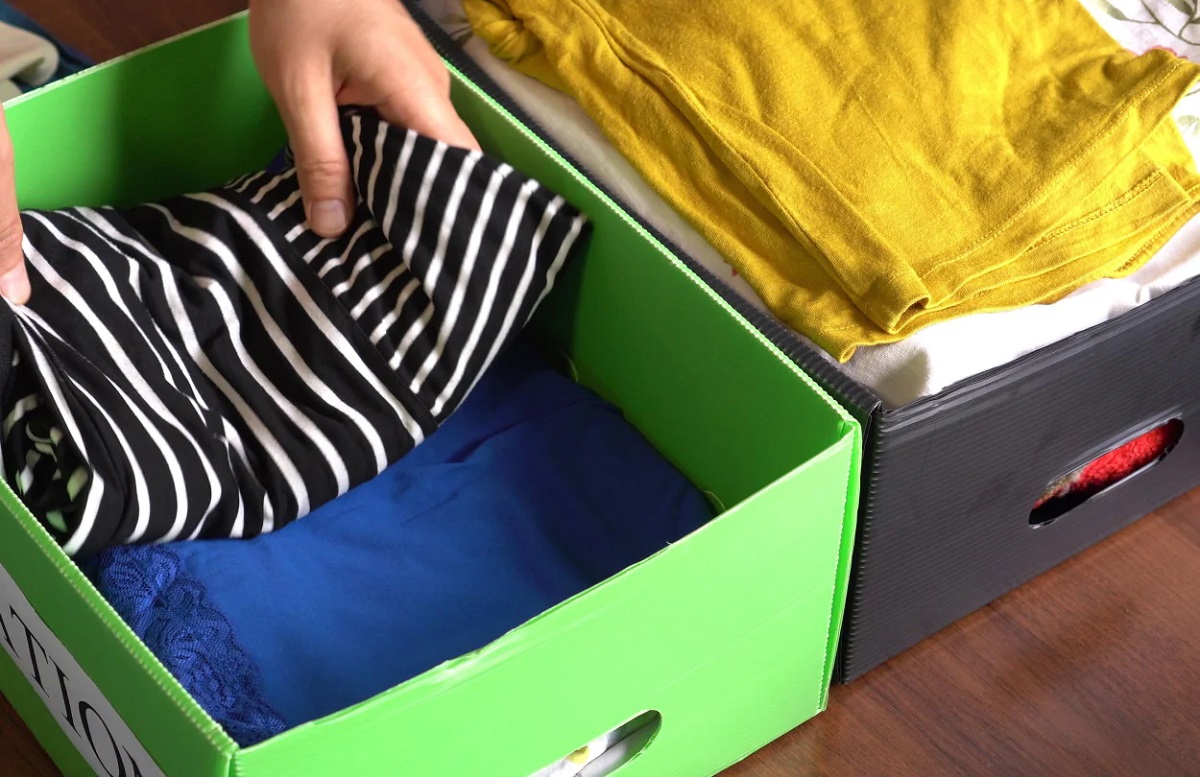
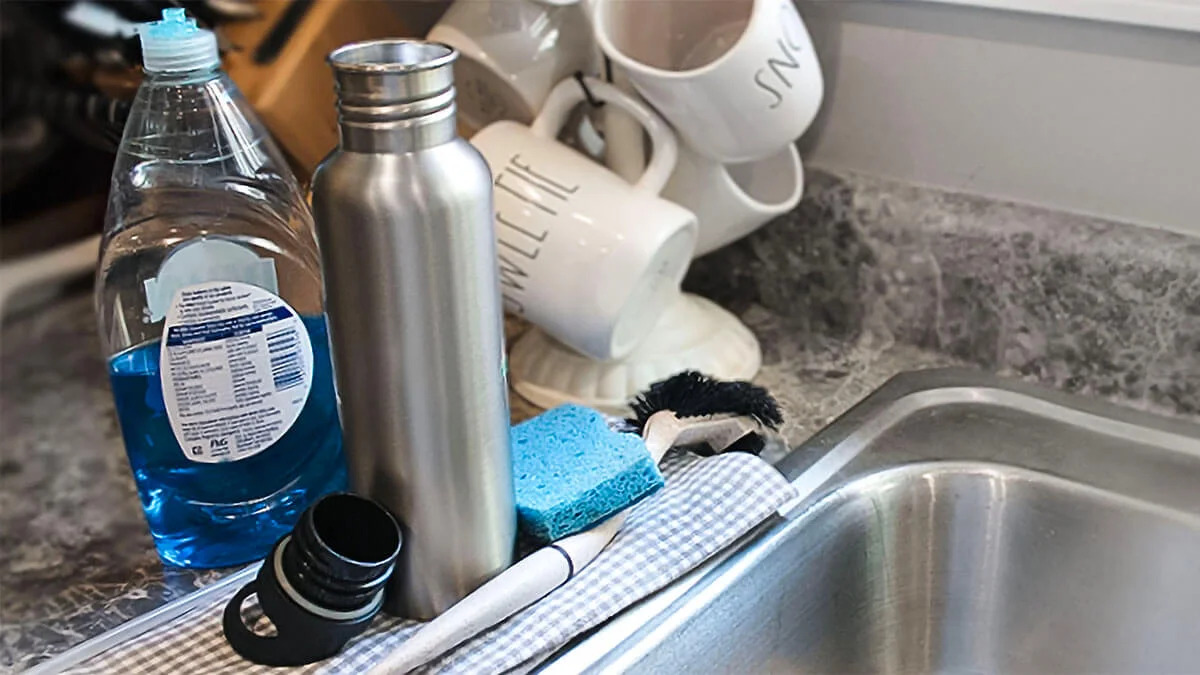
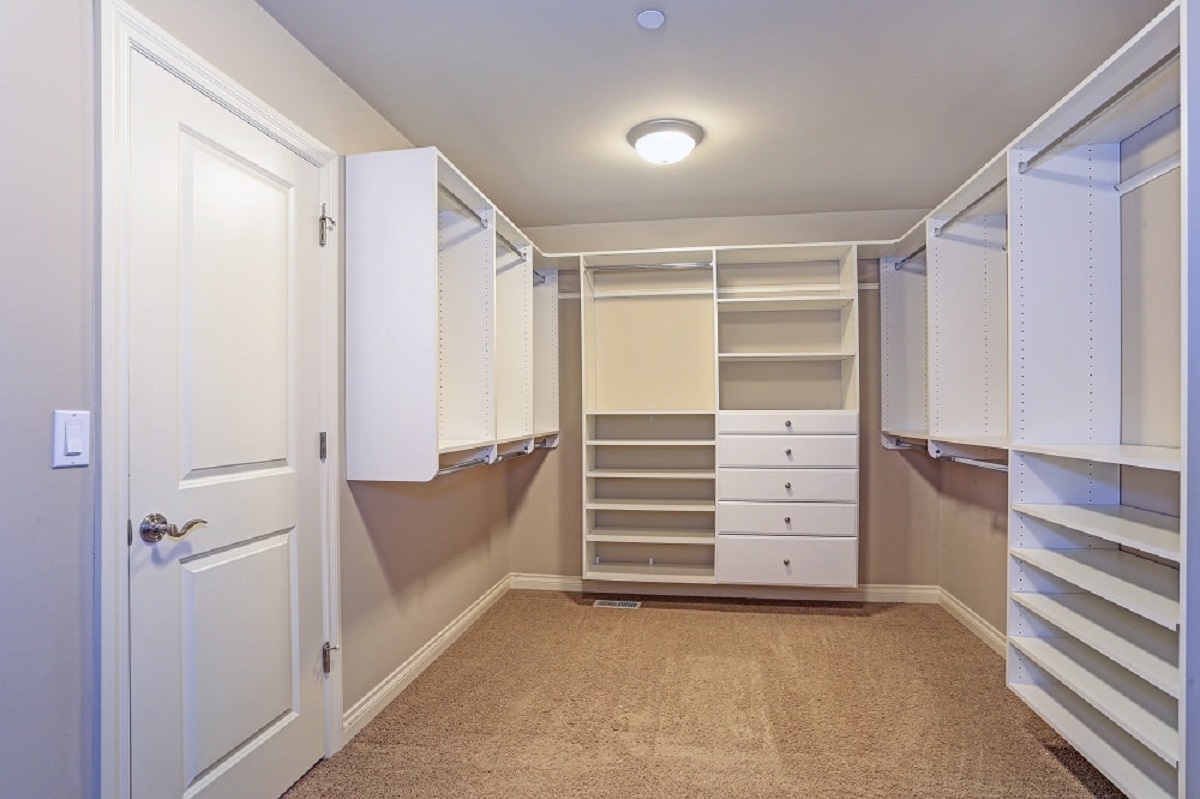
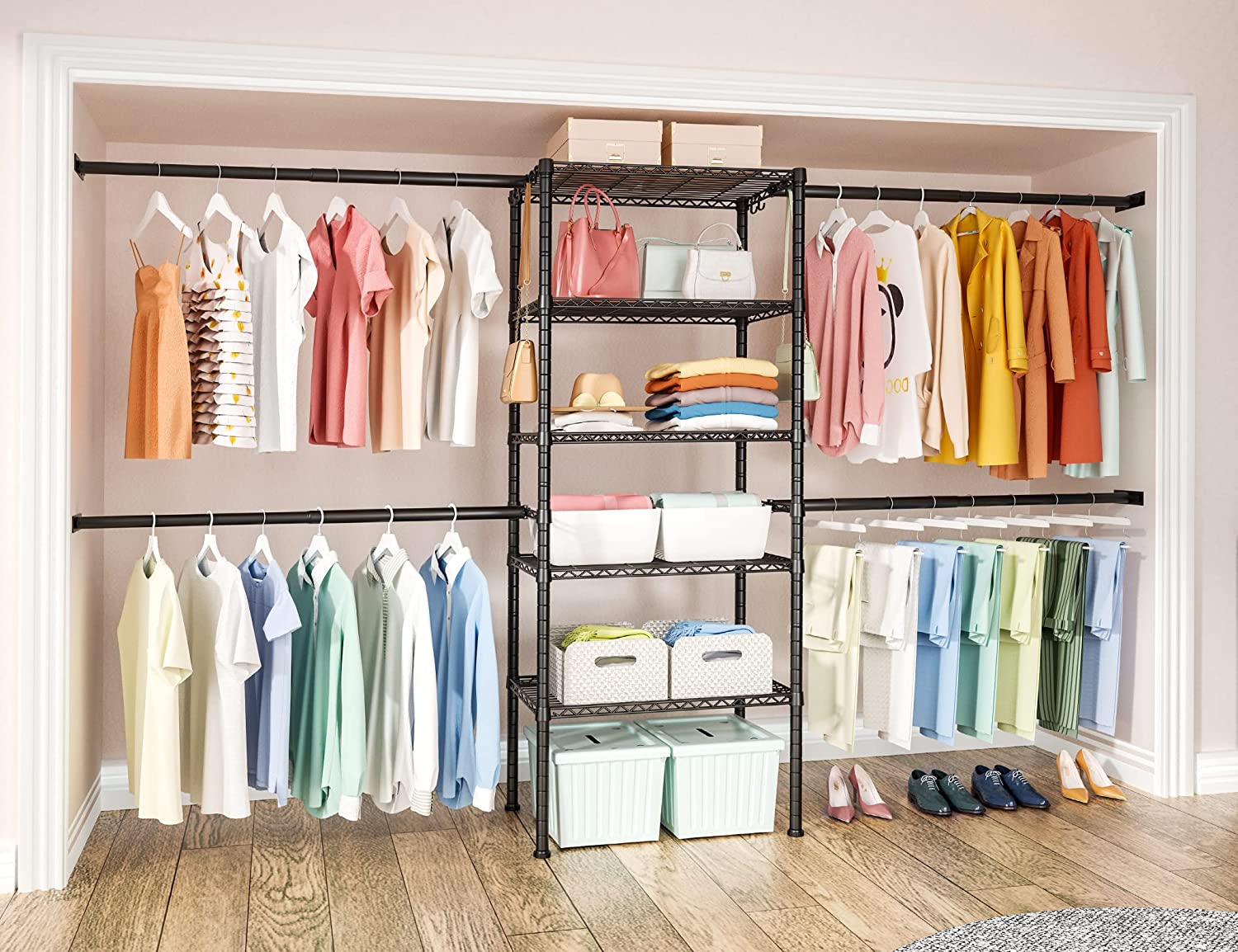
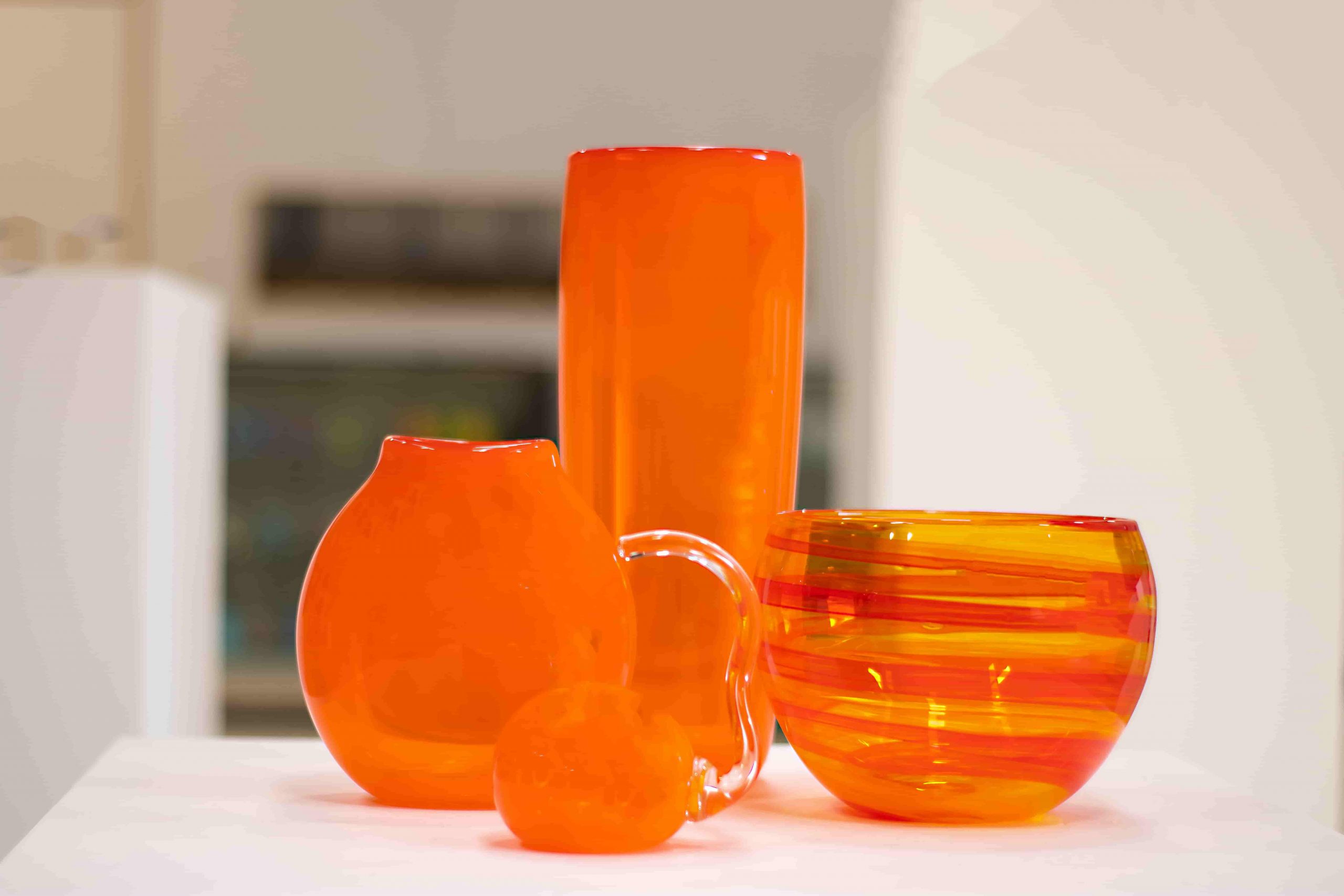
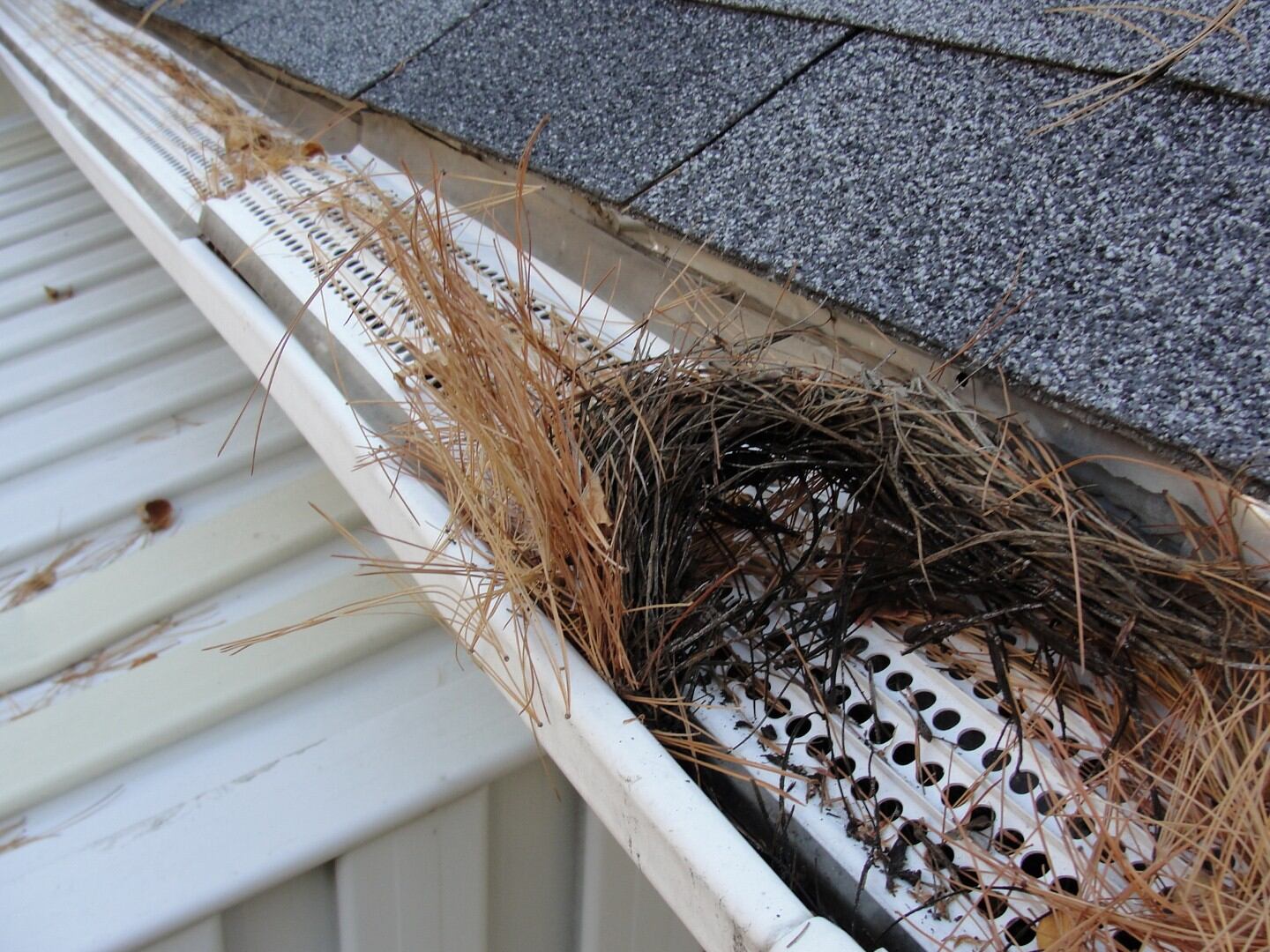
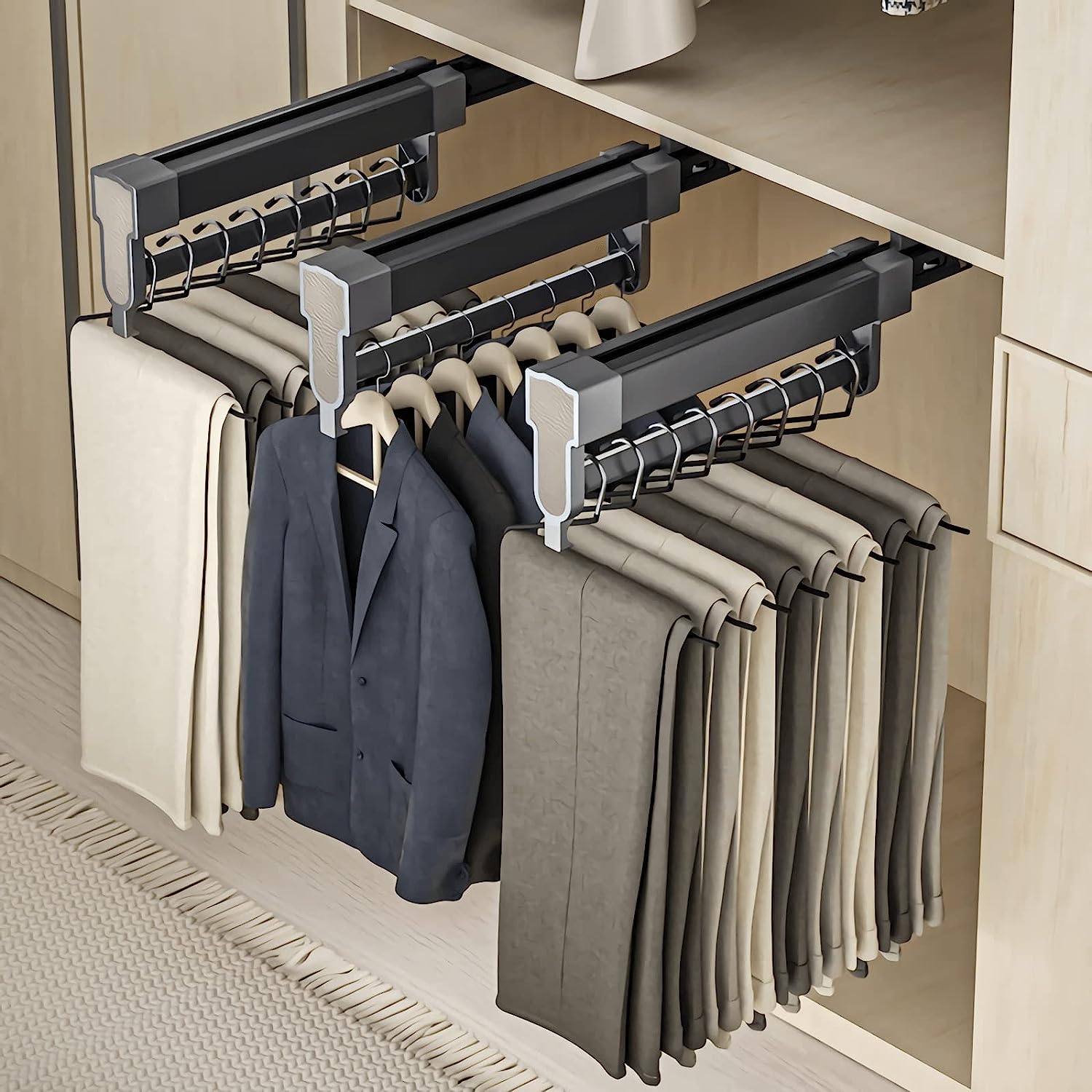
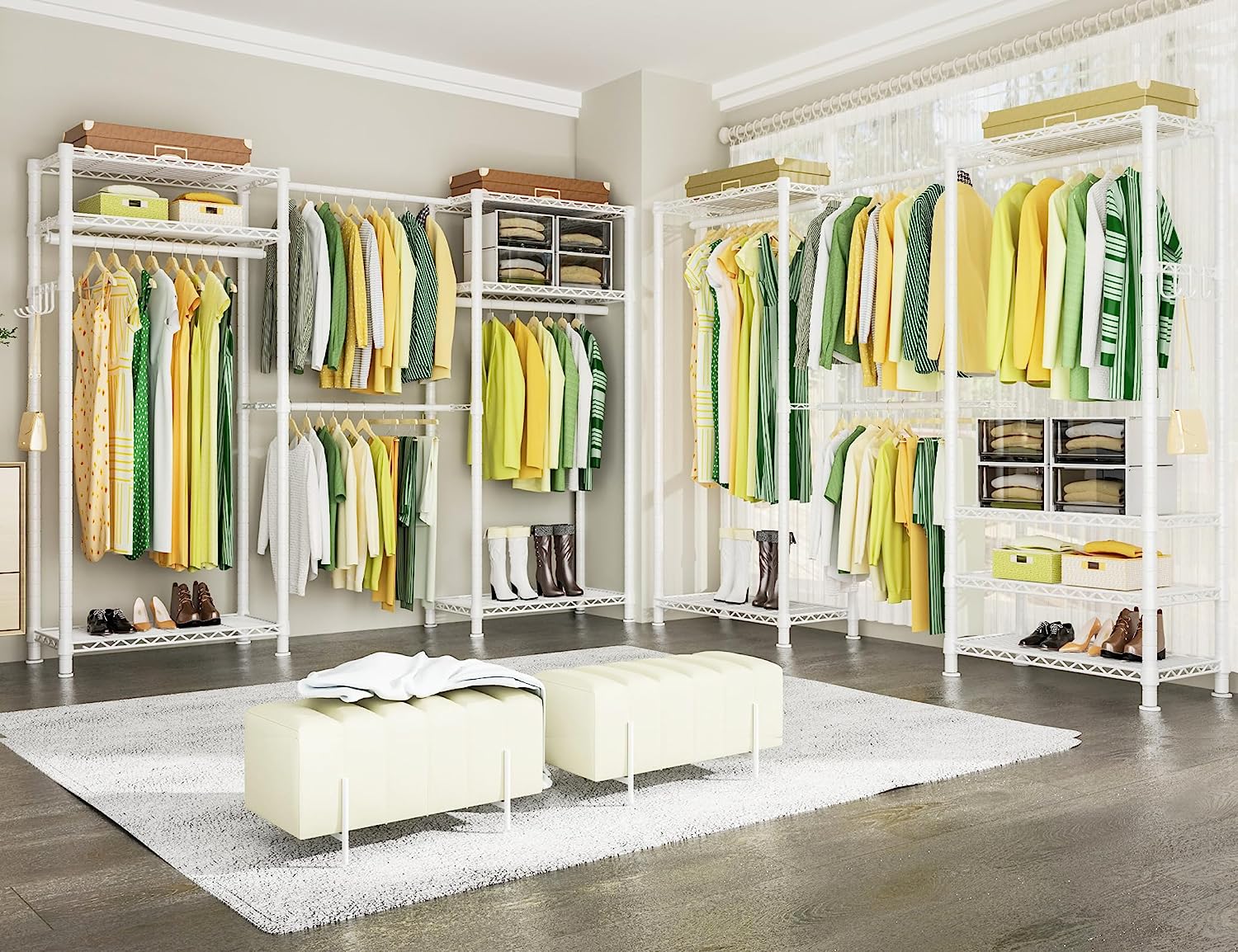

0 thoughts on “How To Prevent Mold In Closet”